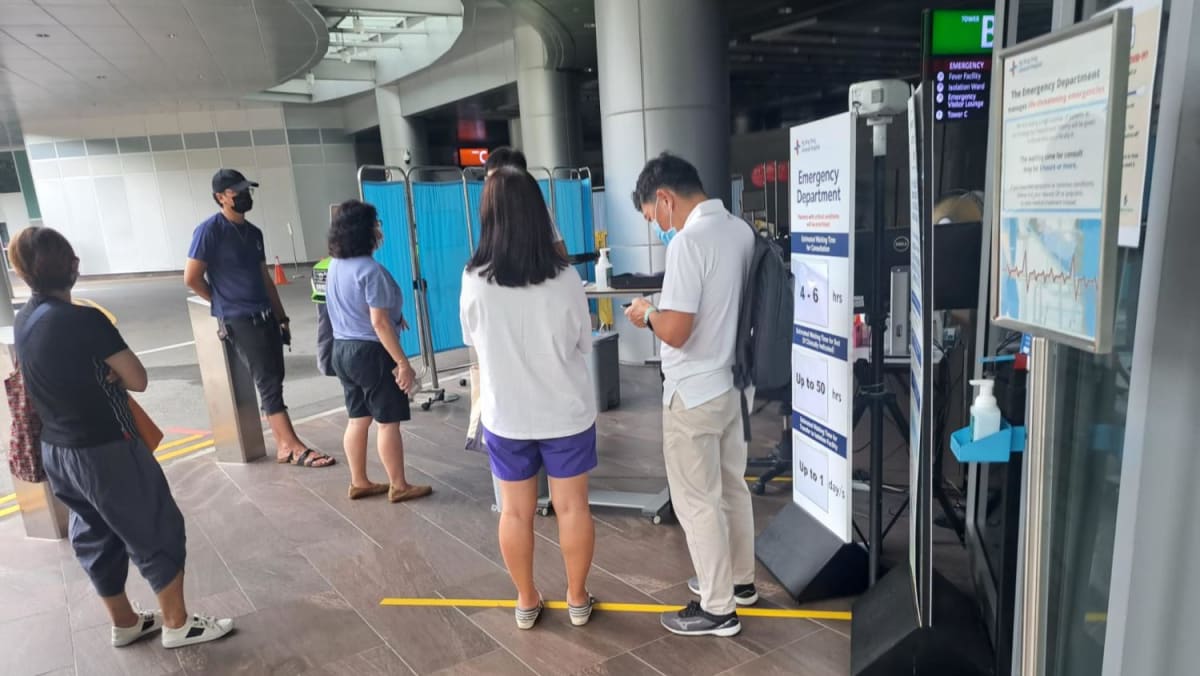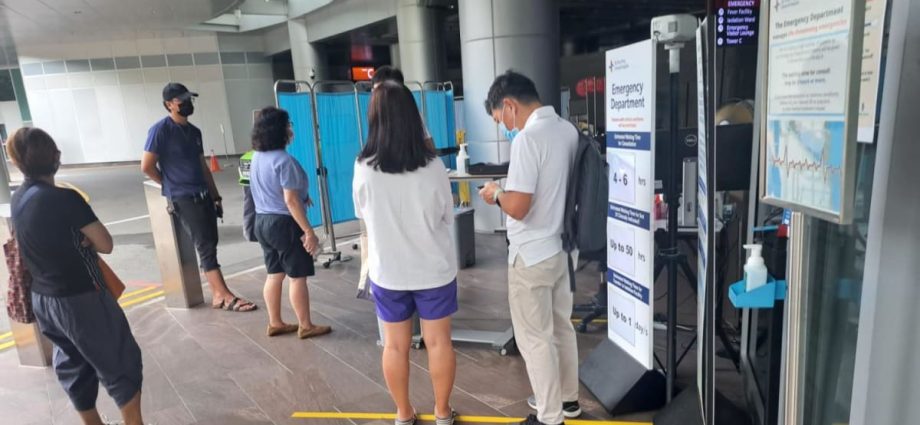
The ongoing bed crunch could also be due to an increase in patients with severe conditions, according to healthcare workers CNA spoke to.
“A lot of older people didn’t go to see a GP doctor or get their medications refilled during the COVID-19 pandemic, and just let it lapse for whatever reason,” said one senior doctor who works at a public hospital.
“So the patients who are coming in are sicker and because of that, they have to stay in the hospital.”
Manpower constraints at her hospital have also been exacerbated by the current wave of COVID-19 cases, with more staff members testing positive for the virus.
“A lot of junior doctors are getting sick and because there’s so many of them that are sick, there’s nobody to recall. So then seniors end up having to cover them,” she said. “It’s a vicious cycle and just feels endless, so we all feel very exhausted.”
Healthcare workers interviewed for this story were not identified as they were not authorised to speak to the media.
A junior doctor CNA spoke to said the average waiting time at the public hospital he works at was about one day.
He said the longer wait could be due to a combination of factors, including the ongoing flu season and the spike in COVID-19 cases. But he added that even before this, hospitals have been packed.
A Ministry of Health spokesperson told CNA that emergency departments have been seeing a high number of patients for a few months. While most patients have conditions not related to COVID-19, the rising infection caseload exacerbates the situation.
“All cases presenting at the ED are triaged and priority care will continue to be given to critically ill patients at the ED,” said the spokesperson.
The ministry urged members of the public to go to the hospital emergency departments only for emergencies.
“We also appeal to everyone to play their part in alleviating the load on our public hospitals by visiting the general practitioner or polyclinic doctor first if they are experiencing mild respiratory symptoms and/or non-life-threatening conditions,” it said.

